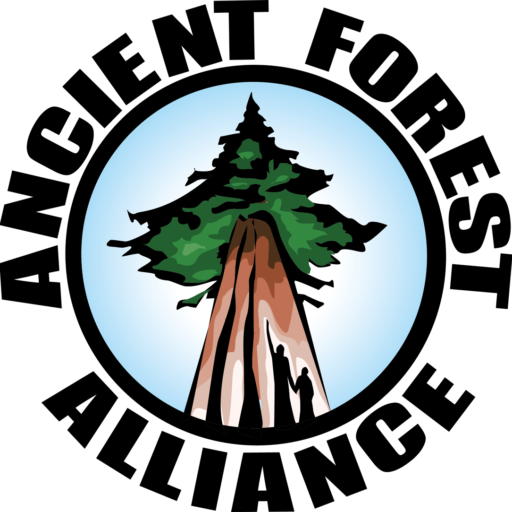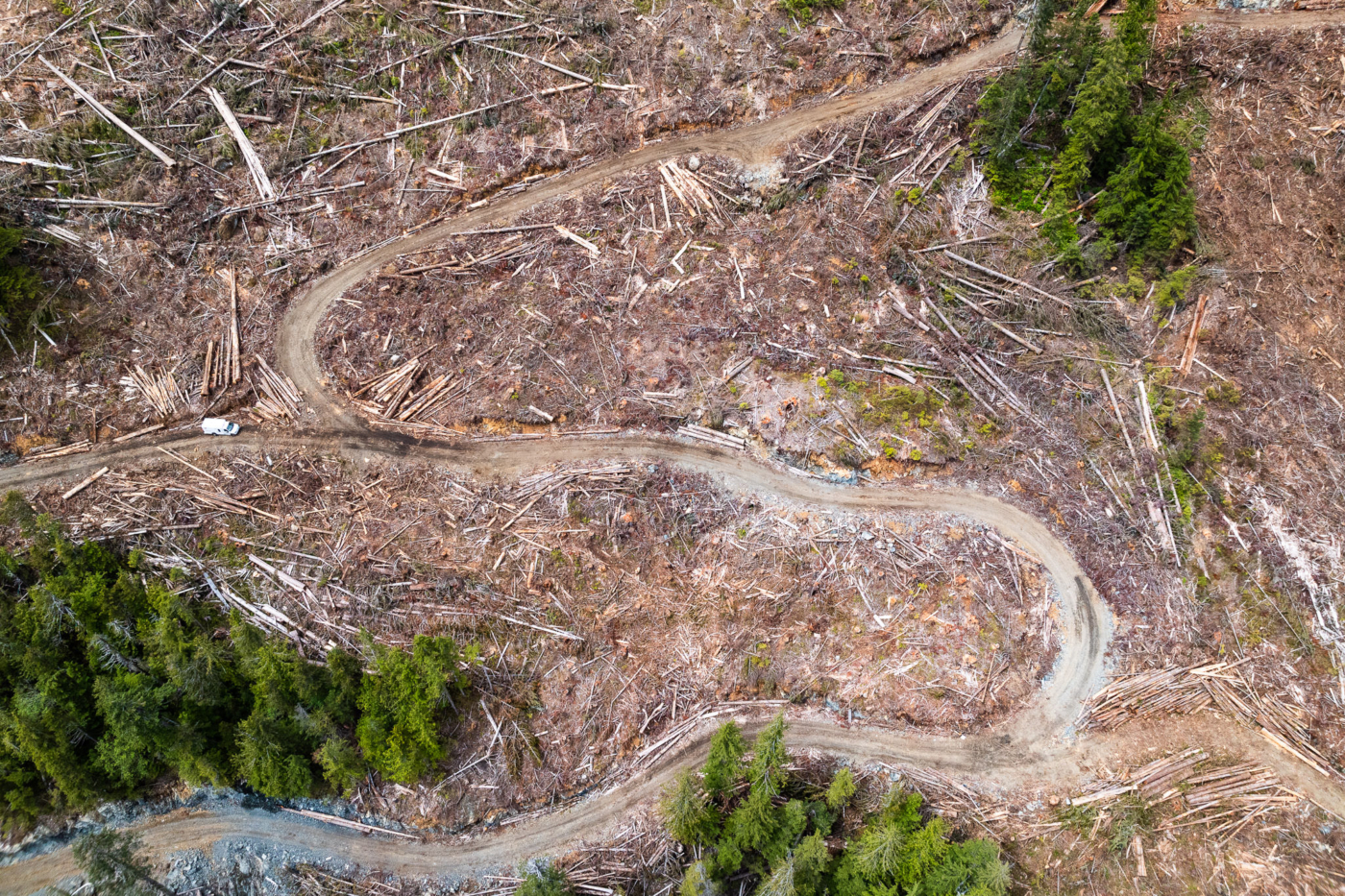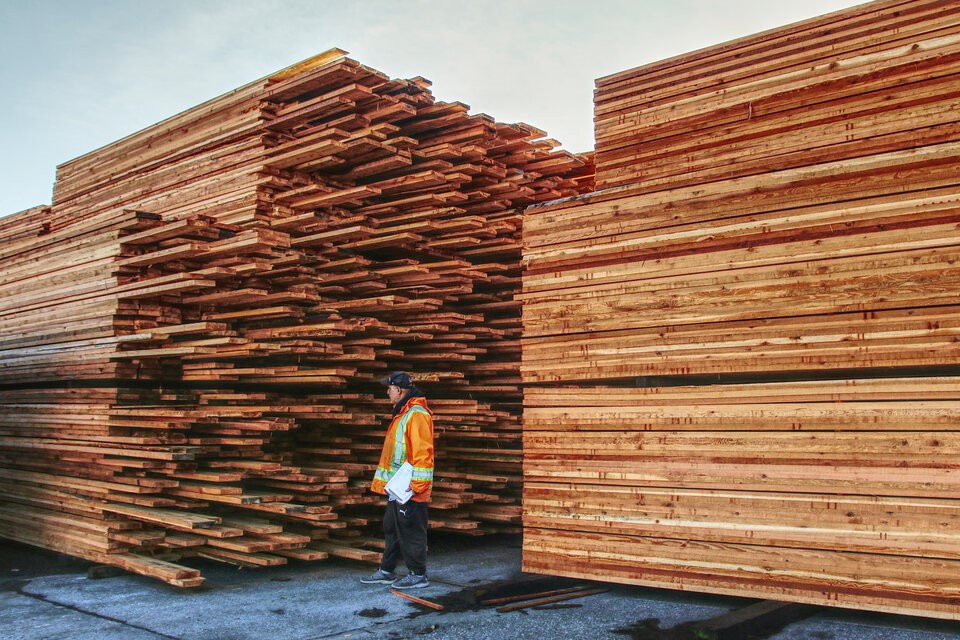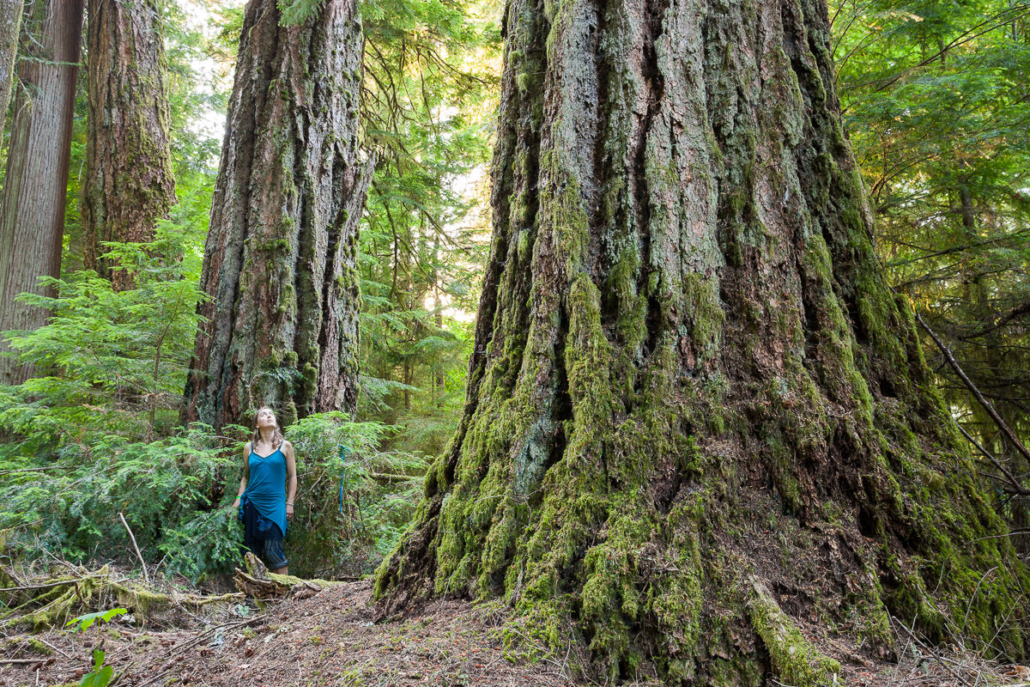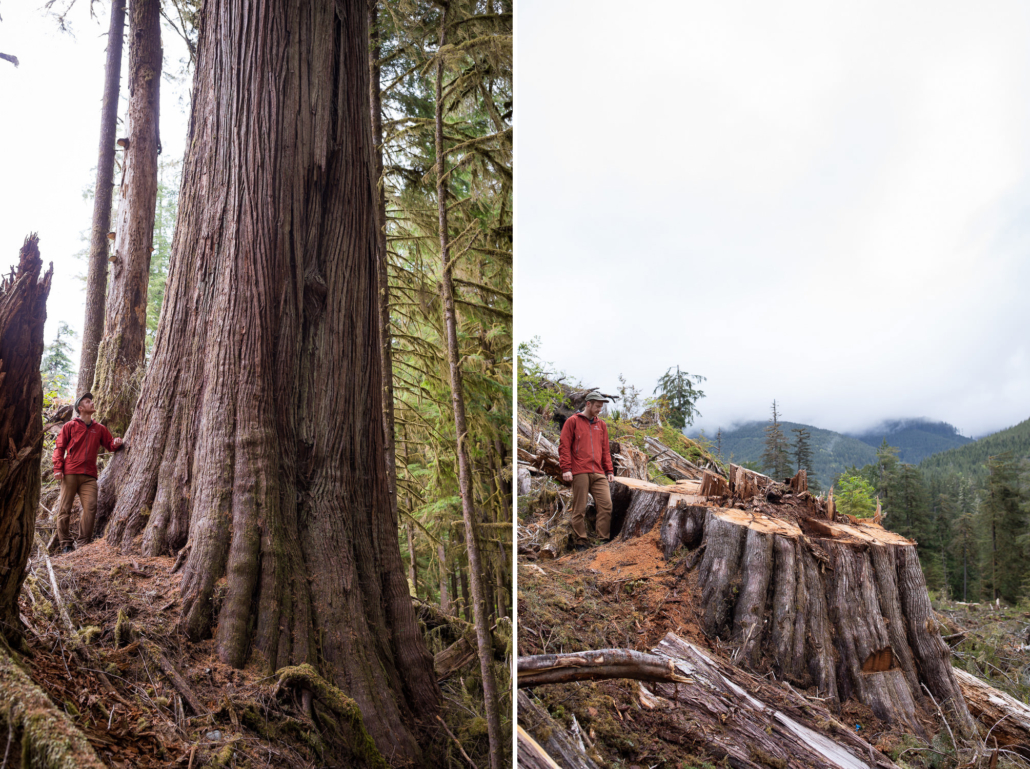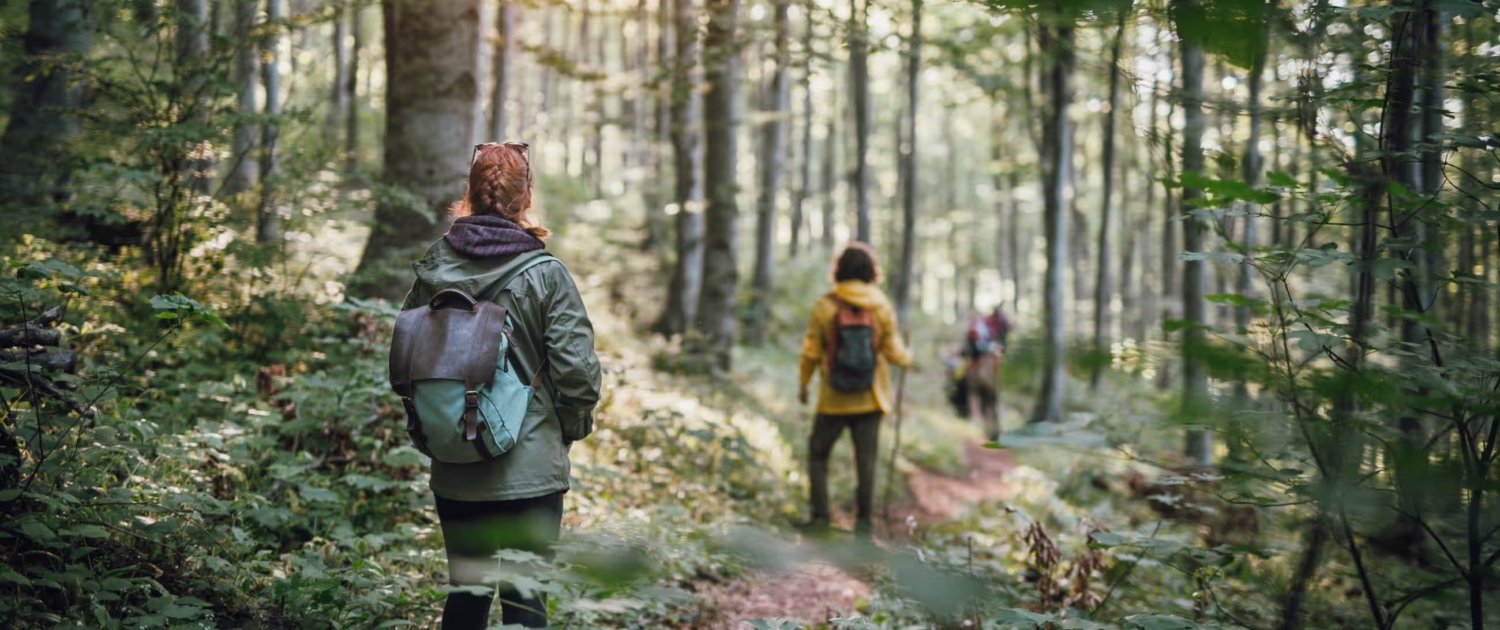 Nov 28 2023
Nov 28 2023The Guardian: “The nature cure: how time outdoors transforms our memory, imagination and logic”
November 27, 2023
The Guardian
By Sam Pyrah
Without engaging with natural environments, our brains cease to work well. As the new field of environmental neuroscience proves, exposure to nature isn’t a luxury – it’s a necessity
It’s a grey November day; rain gently pocks the surface of the tidal pools. There is not much to see in this East Sussex nature reserve – a few gulls, a little grebe, a solitary wader on the shore – but already my breathing has slowed to the rhythm of the water lapping the shingle, my shoulders have dropped and I feel imbued with a sense of calm.
I’m far from alone in finding the antidote to modern life in nature. “It’s only when I’m outdoors and attentive to the wild things around me that my mind holds still,” says James Gilbert, an ecologist from Northamptonshire. Despite his job, it is not visits to nature reserves boasting rare species that provide what he describes as a “mental reset” – “simply the everyday encounters I chance upon in my daily life. These touches of wildness freshen my mind, broaden my perspective and lift my spirits.”
Such testimonies to the power of nature are nothing new. What is new is the emerging field of environmental neuroscience, which seeks to explore why – and how – our brains are so profoundly affected by being in nature.
You are probably aware of studies showing that green (vegetated) and blue (moving water) environments are associated with a reduction in stress, improved mood, more positive emotions and decreases in anxiety and rumination. But there is growing evidence that nature exposure also benefits cognitive function – all the processes involved in gaining knowledge and understanding, including perception, memory, reasoning, judgment, imagination and problem-solving. One study found that after just 40 seconds of looking out at a green roof, subjects made fewer mistakes in a test than when they looked at a concrete one.
Dr Marc Berman, director of the Environmental Neuroscience Laboratory at the University of Chicago, taxed subjects’ brains with a test known as the backwards digit-span task, requiring them to repeat back sequences of numbers in reverse order. Then he sent them for a 50-minute walk, in either an urban setting (a town centre) or a nature setting (a park). On their return, they repeated the task. “Performance improved by about 20% when participants had walked in nature, but not when they had walked in an urban environment,” he says.
The brain boost from being in nature goes beyond getting answers right in a test, according to Prof Kathryn Williams, an environmental psychologist at the University of Melbourne. “Research has consistently demonstrated enhanced creativity after immersion in natural environments,” she says. One study found that a four-day hike (with no access to phones or other technology) increased participants’ creativity by 50%. (If you’re wondering how you can put a number on creativity, that study used the Remote Associates Test, widely used as a measure of creative thinking, insight and problem-solving. Subjects are given three words and have to come up with a word that links them. For example, Big, Cottage, Cake = Cheese.)
What might be going on here? According to the biophilia hypothesis popularised by the American sociobiologist EO Wilson, humans function better in natural environments because our brains and bodies evolved in, and with, nature. “Biophilia makes a lot of sense,” says Dr David Strayer, a cognitive neuroscientist who heads the Applied Cognition Laboratory at the University of Utah. “As hunter-gatherers, those who were most attuned to the natural environment were the most likely to survive. But then we built all this infrastructure. We are trying to use the hunter-gatherer brain to live in the highly stressful and demanding modern world.”
It’s not that life as a hunter-gatherer was easy, of course. But, says Strayer, the fight-or-flight response that we evolved to deal with it is ill-suited to the way we live now. “Most of the stress we encounter today does not require a physical response, but still evokes the same physiological reaction – raised cortisol levels, increased heart rate and alertness – which can impact immune and cardiovascular function, as well as memory, mood and attention.”
Exposure to nature activates the parasympathetic nervous system – the branch of the nervous system related to a “resting” state. This instils feelings of calm and wellbeing that enable us to think more clearly and positively, just as I experienced on my harbourside walk.
One recent theory proposes that oxytocin (the “bonding” hormone) may be behind the phenomenon, exerting its powerful antistress and restorative effects when we are in natural settings that we perceive as safe, pleasing, calm and familiar.
But if its capacity to make us “feel better” were the sole pathway through which nature affected the brain, it would only work if you regard being in nature as a positive experience. Those siding with Woody Allen when he said “I love nature; I just don’t want to get any of it on me” would not experience a brain boost. However, research by Berman and others suggests that improvements in cognitive function are not linked to improved mood.
Berman got his subjects to walk at different times of the year. “Even in January, when it was zero degrees outside and people didn’t enjoy the nature walk, they still experienced performance improvements in the test,” he says. “They didn’t need to ‘like’ the nature exposure to reap the cognitive benefits.”
Another explanation for the nature boost is something known as attention restoration theory (ART). Psychologists call the capacity to sustain focus on a specific mental task, ignoring external distractions (such as your phone) and internal ones (such as your rumbling belly), “directed attention”. And according to ART, it is a finite resource.
“The areas of the brain responsible for this kind of attention can become depleted by multitasking and high-stimulation modern environments,” explains Williams. When that happens, we can’t concentrate, we make mistakes and get stuck on problems. “But there is something about nature that engages the brain in a way that’s very undemanding and effortless, giving these areas an opportunity to rest and recover.”
It’s not that natural settings don’t have lots of stimuli, but the attention they capture is indirect and spontaneous – we are drawn by the movement of a bird or the sound of our feet padding on fallen leaves. This gentle attendance to our surroundings is known as “soft fascination”, and while we are immersed in it, directed attention can be restored. Maybe that’s why I often find myself recording voice notes, or tapping ideas into my phone, after spending time in nature.
Excitingly, neuroimaging tools such as electroencephalograms and functional magnetic resonance imaging are helping researchers to glimpse the changes in our brains in real time. Functional magnetic resonance imaging (fMRI), for example, uses something known as Bold – blood-oxygen-level-dependent imaging – to determine which areas of the brain are most active during exposure to different stimuli. (Like muscles, the more active parts require more oxygenated blood.) Studies have revealed a drop in the Bold signal in the prefrontal cortex (an important brain structure in executive function) during nature exposure, supporting the idea that this part of the brain is “off duty” at the time. It has also been shown that a greater number of brain areas are activated when viewing urban scenes, suggesting more effort is required to process them.
The drawback with fMRI is that it requires you to lie still, ruling out real-life nature experiences – which is why Berman is excited about his newest tool, functional near-infrared spectroscopy (fNIRS). “We have some idea of what the brain looks like when it is working hard,” he says. “But fNIRS enables us to shine infrared light into the brain of a person as they walk through different environments to see whether it is working harder or easier.”
“We’re not trying to create a nature pill,” Berman insists, pointing to research that shows exposure to “real-world” nature yields greater improvements in mood and aspects of cognitive performance. “We are looking at why we build things the way that we do. Now, it’s all about efficiency. But we could be thinking instead about creating a built environment that elicits the best attention, high levels of wellbeing, cooperation – we could be putting natural elements into streets, offices, schools, homes. And don’t forget that not everybody has access to nature.”
Regardless of access issues, most of us spend very little time in nature. A government survey last year found that a quarter of people hadn’t visited a green or natural space once in the previous 14 days. And yet, as the BMJ reported in 2021, greater contact with nature is associated with better cognition, working memory, spatial memory attention, visual attention, reasoning, fluency, intelligence and childhood intellectual development.
“This growing body of research is demonstrating that we can’t be healthy – that our brains do not work optimally – if we don’t spend time in natural environments,” says Berman. “It’s not a luxury – it’s a necessity.”
How to make the most of nature
Aim for at least 30 minutes. According to cognitive neuroscientist David Strayer, this is the duration needed for measurable benefits to accrue. Longer-term experiences (Strayer talks of the “three-day effect”) have additional benefits.
Forgo the tech. “If you’re focusing on your watch or phone, or wearing headphones, you aren’t engaging with your environment,” says Strayer.
Get your timing right. One study found that the boost to cognition lasted 30 minutes after leaving the natural setting, which may help you plan the best time for mentally demanding work.
Choose your venue. Not all natural environments are equal. “You want to be somewhere pleasant and engaging,” says Prof Kathryn Williams, an environmental psychologist at the University of Melbourne. “A sense of safety is paramount to positive experiences in nature, including attention restoration, stress reduction and mind wandering. A feeling of ‘being away’ – a sense of psychological distance from the things that burden you – is also important.”
